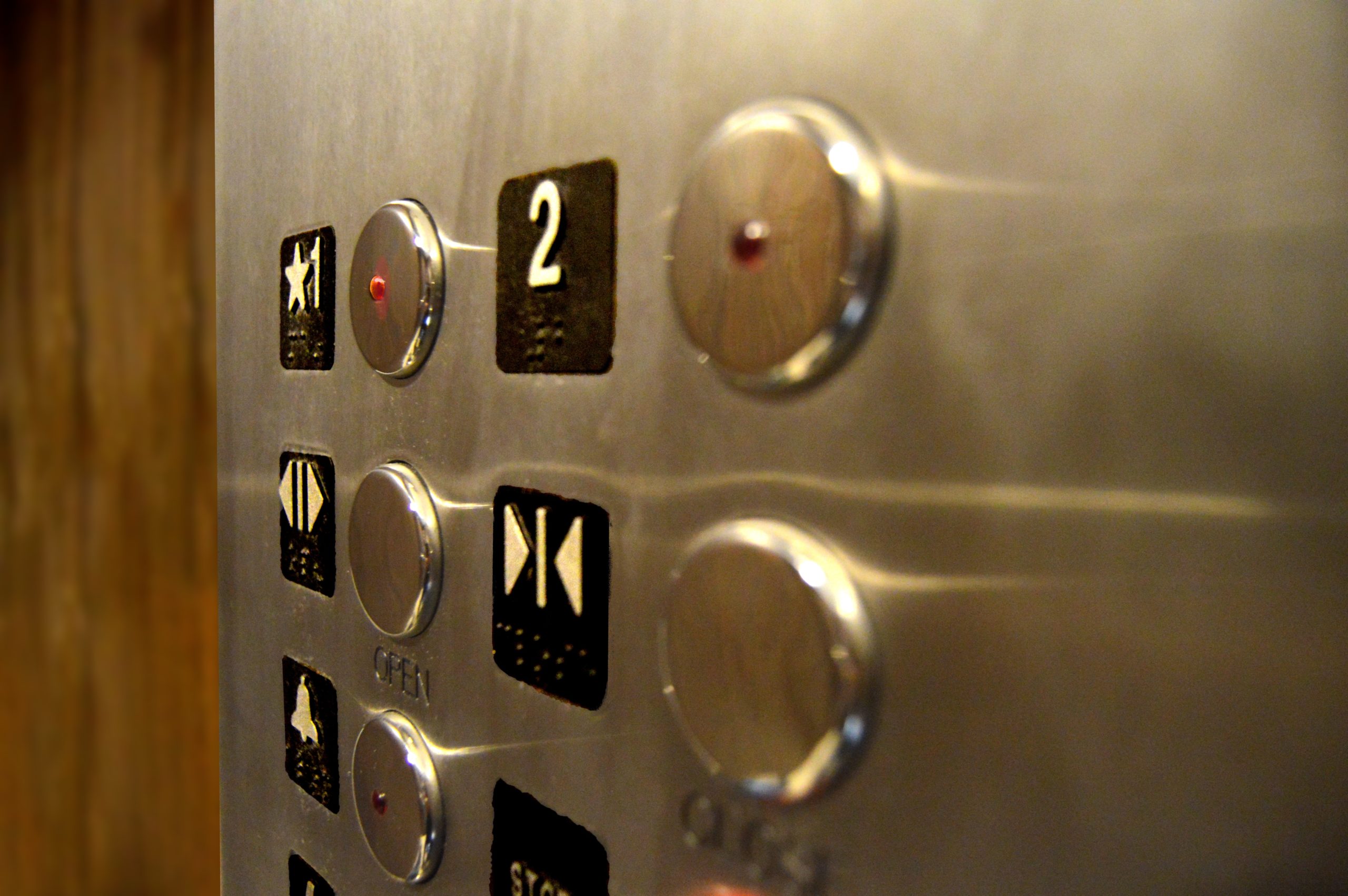How To Perfect Your Elevator Pitch
How many times have you gotten into an elevator and stared straight down at your feet? For many, elevators are the source of awkward interactions and forced small talk. Well, it’s time to put that in the past because from now on you’re going to make the most of those elevator rides! Welcome to the elevator pitch…
Professional connections can happen anytime, any place, and in several ways. Some of the best communication opportunities happen in the most unlikely places. The classic “elevator pitch” is the best example of this. The term was first coined to describe a scenario of a chance meeting with someone important in an elevator. The goal of an elevator pitch is to deliver a clear message within the time it takes to ride an elevator–about two minutes. A successful pitch can lead to an exchange of business cards or a desire to continue the conversation.
In an age of instant gratification and short attention spans, the concept of creating an impression in two minutes or less is even more powerful. Chance meetings can happen anywhere, not just elevators. Some of the best talent can be discovered in these chance meetings, so it’s important to be ready…
The best elevator pitch follows 4 steps:
Step 1 – K.I.S.S.
Keep It Super Simple! Your message should be professional, but simple. K.I.S.S. means replacing complex concepts and jargon with simple terms that anyone can appreciate. A simple, clear elevator pitch communicates your message in a way that avoids confusion. Just don’t tell them that you are going to start the conversation off with a kiss!
Step 2 – Know your stuff
Know your stuff. Be prepared to answer any follow-up questions. Research beforehand and tailor your message to the audience. It’s a challenge to communicate your knowledge of any particular subject in a chance encounter. The majority of this step is done before you even get in the elevator because everyday you should learn everything you can about your career.
Step 3 – Use a soft sell
This next step is important. Highlight your unique abilities and therefore the value you can add to the organization. By describing your assets without overtly selling yourself, you leave a lasting impression. Executives appreciate candidates who know how to subtly sell the value proposition. This shows they can blend nicely into the goals and culture of their organization.
Step 4 – Follow up
Timely follow-up via phone, text, or social media. You and your elevator pitch won’t be forgotten because if you will still be top of mind. Regardless of the situation (i.e. business prospect, potential candidate, or a budding friendship), following up a day or two after the initial meeting shows your interest and professionalism. This can make the difference between becoming a memorable, desirable candidate or one that is quickly forgotten.
In conclusion, perfecting your elevator pitch can make a HUGE difference in how effectively you communicate in a short amount of time. It’s so important because it can be the foot in the door of your next job. The interaction creates a soft-sell opportunity, especially if you follow up. An elevator pitch lets you take a variety of social situations and therefore turn them into an opportunity to be the next great asset to their organization.

Struggling to find top
talent for your business?
Connect with the expertes at Recruiting Connection and discover the difference our full-service recruitment can make.
Contact Us Today















